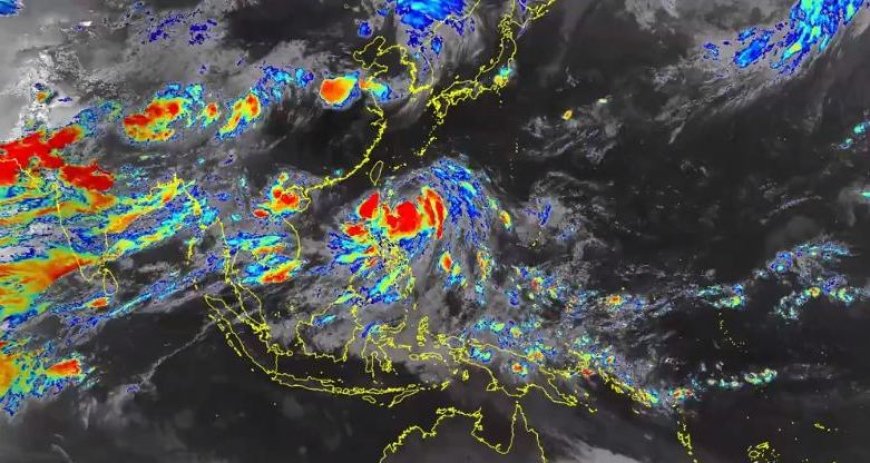Typhoon Gaemi Hits china after devastation in Philippines and Taiwan
Typhoon Gaemi lashes the china's coast after the devastation in Philippines and Taiwan

Typhoon Gaemi has hit Taiwan, the Philippines, and the Chinese mainland, leaving in its
wake a trail of destruction and frenzied emergency responses. The storm made impacts in
these areas, which were torn by acute flooding, landslides, and a pressing environmental
crisis from an oil spill.
Torrential rains were showered over Taiwan by the typhoon, resulting in devastating floods
and landslides. The island's meteorological office said more than 1000 millimeters of rainfall
fell in several places from Wednesday night to Thursday afternoon alone. The southern city
of Kaohsiung registered a 1350 millimeters. Typhoon Fanapi has brought deluges that
caused huge damage and claimed three lives. A major clean-up operation is underway as
Taiwan grapples with the aftermath of its largest typhoon in eight years and the first of this
year's storm season.
Meanwhile, off the northern coast of Taiwan, a storm sank the Tanzania-flagged cargo ship
Fu Shun, with six Burmese sailors reported missing. Search and rescue efforts are under
way, but strong winds and high waves are making that very difficult. Five other cargo ships
also ran aground near the island, adding to the toll of destruction by the storm.
In the Philippines, Typhoon Gaemi made seasonal monsoon rains heavy, even though it did
not actually hit the country. Nationwide flooding was caused in the capital, Manila. A tanker
carrying 1.5 million liters of industrial fuel en route to Iloilo was sunk by the storm. The
Philippine Coast Guard reported that 16 crew members had been rescued while another's
body was recovered. There has been widespread concern over the potential environmental
damage arising from the incident. The tanker capsized, then went down, spilling vast
amounts of oil. Fears have been raised about major marine environmental damage resulting
from the spillage. Experts said it could be one of the worst spills in the country's history if
not contained properly. However, bad weather delayed deploying booms -- temporary
floating barriers -- to block any further spread of the oil. On mainland China, preparations
are being made in readiness for the full force of Typhoon Gaemi, which has landed in the
southeastern province of Fujian.
More than 150,000 people have been evacuated to safer areas as the storm prepares to hit.
The government has turned to the highest level of disaster alert. President Xi Jinping chaired
a meeting on flood control and disaster relief with the top leadership of the Communist
Party. Train services have been suspended in Fujian, and northern Chinese authorities
issued warnings over possible landslides and flooding due to heavy rain. The State
Headquarters on Flood Control and Drought Relief has warned that "high risks" of natural
disasters are looming over the country, as it is currently embroiled in highly unstable
weather conditions, with torrential rain hitting the eastern and southern parts and scorching
heat waves raging through its northern parts.
Typhoon Gaemi seems to be on the same path as last year's Typhoon Doksuri, which
flooded large parts of northern China. The possibility of Gaemi's course alteration keeps the
authorities and the locals on high alert. Still awaiting its onslaught, with China yet to face
the full fury of the storm, the focus remains on the least damage to property and life in the
affected areas.
More than ever, Gaemi will make the case for disaster preparedness and response after the
typhoon. The regional resilience is put to a test, though highly coordinated efforts and
timely interventions will abate this storm and quicken efforts at recovery.

 Ellofacts
Ellofacts 





